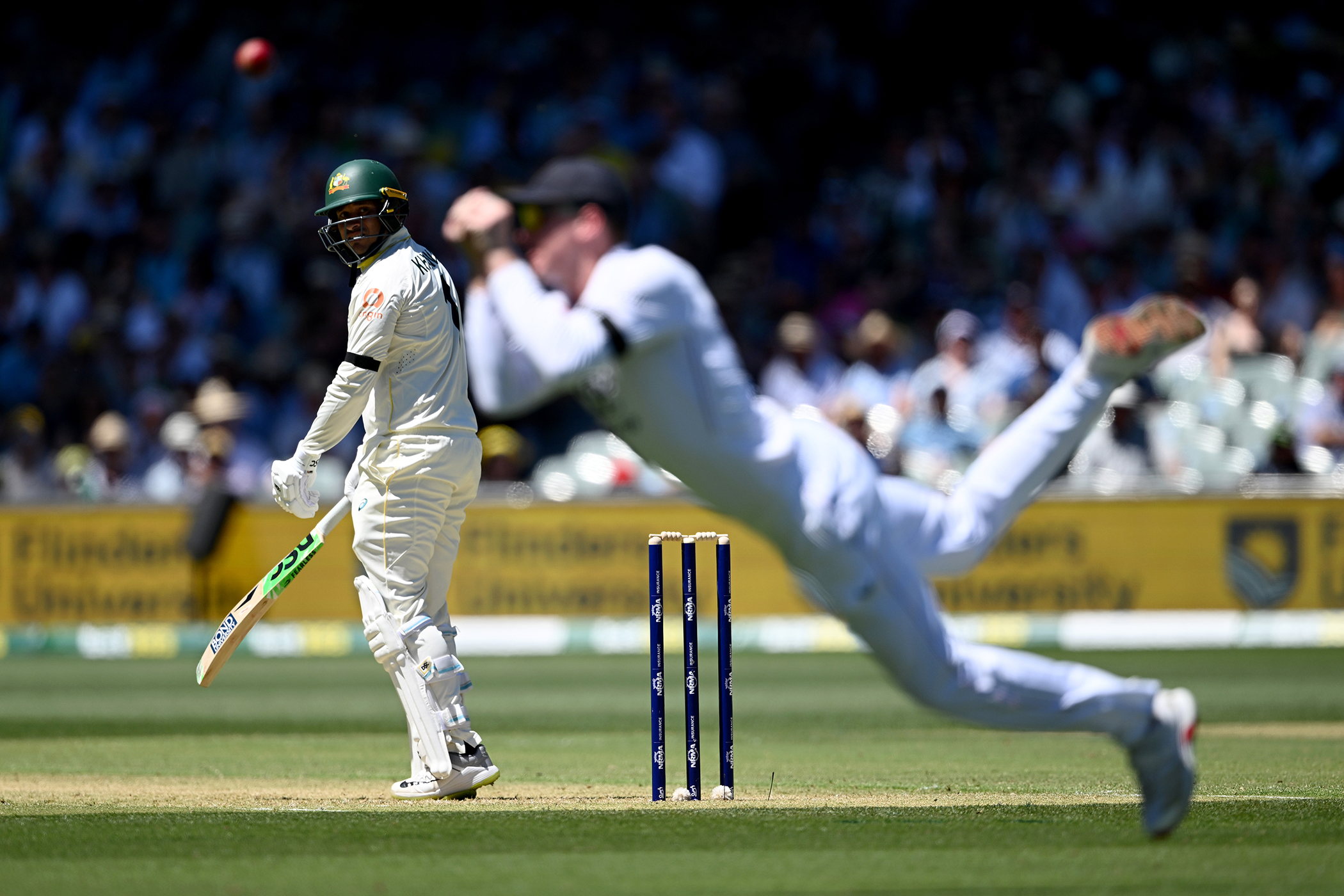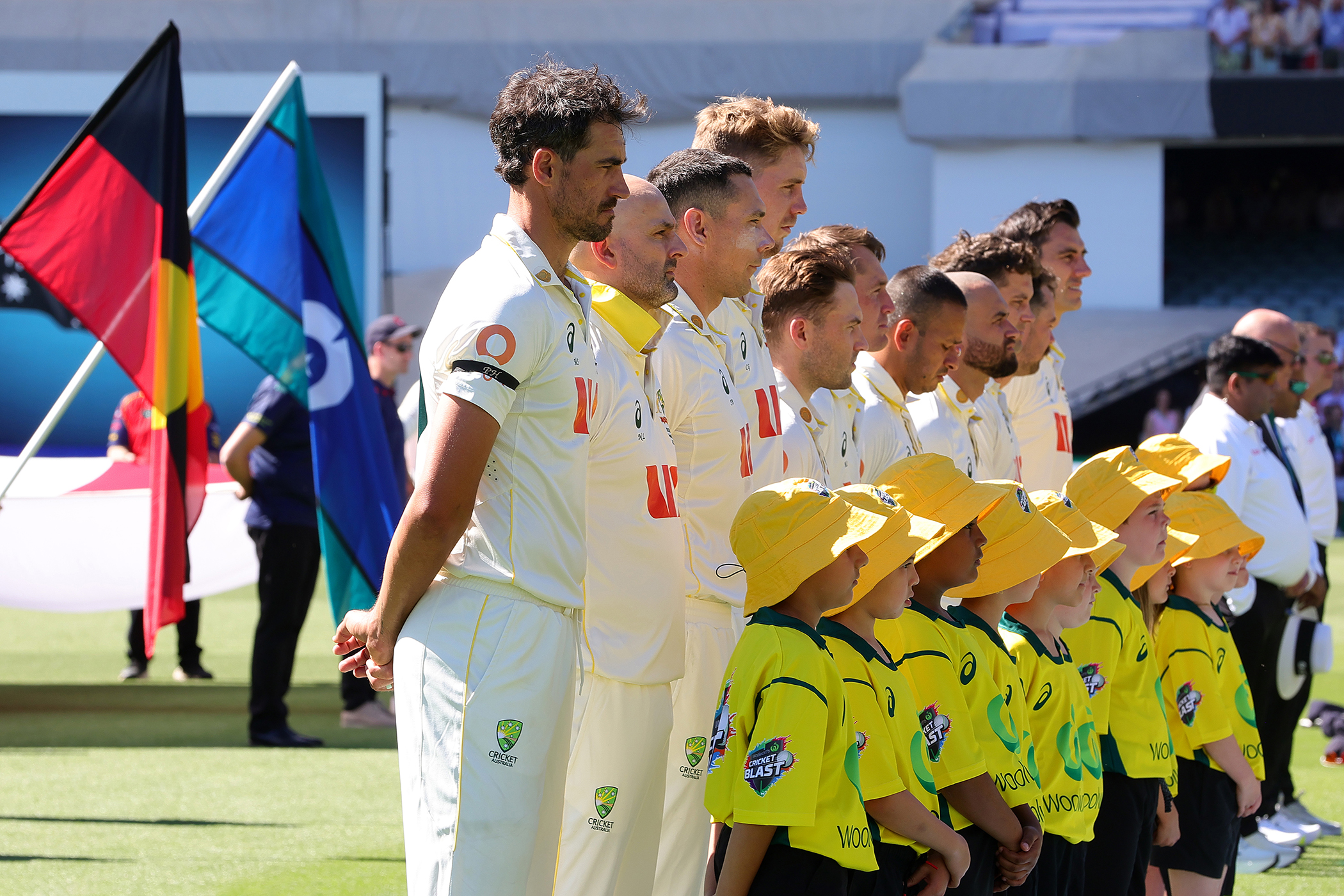Closely matched scores in first innings do not necessarily lead a Test match to a gripping conclusion. They do not rule out the possibility of grindingly tedious games (Exhibit A: Ashes cricket in the 1960s).
But in the modern, draw-averse age of Test cricket, a narrow first-innings gap between the teams does generally concoct an interesting match narrative. The always tricky third innings becomes more loaded with possibilities, and quick wickets, as taken by England either side of lunch yesterday, can revivify a contest.
By tea, India were in a familiar place – in a good position, but vulnerable to a late collapse leaving England the kind of fourth-innings chase they have relished in recent years. India were the victims at Edgbaston in 2022 and in the first Test this summer, at Headingley, when they failed to turn a third-innings advantage into impregnability.
This series has had numerous seemingly decisive shifts in momentum that proved not to be as decisive as they had seemed, and, like the 2023 Ashes, a seemingly unstoppable flow of Crucial Next Hours. Much of this has been due to the closeness of the first innings. (To highlight how unusual it is to have such a game, before 2022, in Tests in England, there had been on average one Test every 9.5 matches with a first-innings difference below 30 runs. There were only two in 47 Tests in England in the 1970s.)
Headingley was the seventh Test in history in which the two teams were separated by a single-figure margin having both scored over 450. Lord’s, in which both teams scored 387, was the ninth in which scores were level after the first innings. (This is also only the fifth series ever played containing two matches with a single-figure first-innings difference.) At The Oval, after England appeared to be ransacking their way to complete control during another high-risk, high-reward, almost surrealist opening stand between Zak Crawley and Ben Duckett, India fought back and restricted England to a 23-run lead.
Related articles:
A splatter of dropped catches enabled Akash Deep to make 66, and Yashasvi Jaiswal, India’s brilliant young opener, to end the series as he began it, with a hundred. He has had a curious series, intermittently brilliant yet constantly vulnerable, exemplified by pyrotechnic play in the final session of the second day, in which he was dropped twice, hit a selection of boundaries ranging from the classically stylish to the hyper-modern inventive, some delicate, some thrashed, some lucky. As well as his two centuries, he made two other fifty-plus scores, two ducks, plus two other scores under five – he is the first player ever in a Test series to combine four fifty-plus scores and four dismissals for scores below five.
Whether Akash Deep’s superb innings as nightwatchman proves to be a match-turning performance remains to be seen, but it was statistically one of the most unexpected happenings in the series. Before Deep’s innings, India’s five frontline pacers – Jasprit Bumrah, Mohammed Siraj, Prasidh Krishna, Deep and Anshul Kamboj – had a series aggregate of 49 for 16. Their tail-end fragility has been a significant influence on England’s lead in the series, but, if India win at Oval, Deep’s innings will have been a vital element.
However the game finishes, the series has been hugely enhanced by the shift in tone brought about by a more bowler-friendly pitch at The Oval. The two first innings combined brought a total of 471 runs in 121 overs, with just three half-centuries and a highest individual score of 64. In the first four Tests, the England and India teams’ first innings had averaged 933 runs in 239 overs per match. Overall, cricket has been the winner. The bowlers, until this week, had emphatically been the losers.
Sunday stat: The Oval Test was the third out of five in the England v India series in which the gap between the two teams after first innings was fewer than 30 runs. It is only the fifth series in Test history containing three matches with a first-innings difference of under 30, just two years after the Ashes in 2023 became the fourth.
Photograph by Andy Kearns/Getty


